![]()
![]()
![]()
Use LEFT and RIGHT arrow keys to navigate between flashcards;
Use UP and DOWN arrow keys to flip the card;
H to show hint;
A reads text to speech;
73 Cards in this Set
- Front
- Back
|
Age of Reason? (The Enlightenment) |
- 1650s-1780s - emphasized reason, analysis, and questioning traditional authority - wanted to improve humanity thought rational change ~ Francis Bacon, Rene Descartes, John Locke, Turgot, etc. |
|
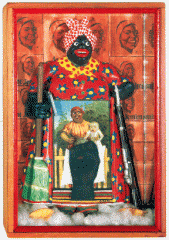
|
- "The Liberation of Aunt Jemima" - 1972 - created collage/assemblages - symbol of power with baby in one hand and broom in the other |
|
|
- worked for and against royalty in art - Charles III and Charles IV - focused on systems he thought were destructive - i.e.: superstition - without reason, this is what we get |
Goya |
|
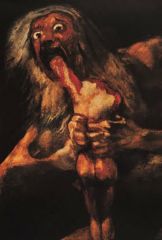
|
"Kronos Devouring His Children" - Goya - early 1800s - part of the Black Paintings ~without reason, this is what we get |
|
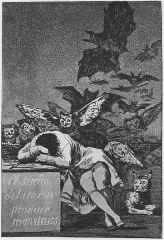
|
"The Sleep of Reason Produces Monsters" - Goya - part of the Les Caprices series |
|
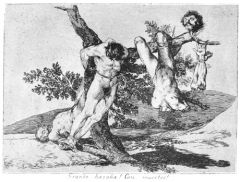
|
"Disasters of War" - etchings - 1810-1820 - Goya
|
|
|
Neoclassisicm |
- filtered idealization of Ancient Greece |
|
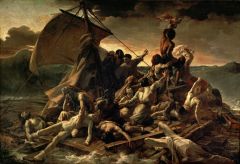
|
"The Raft of Medusa" - Gericault - Romanticist - early 1800s (1818-1819)
- addresses political corruption and slavery |
|

|
"Rain, Steam, Speed" - Turner - Romanticist - knowing through experience |
|
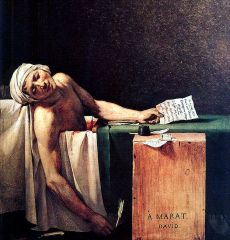
|
"Death of Marat" - Jacques-Louis David - 1793 - very late 1700s
|
|
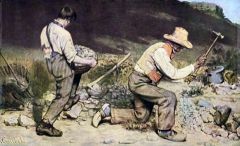
|
"The Stone Breakers" - Courbet - realistic art in society -- not heroes of the classics but normal people, which was shocking - 1849-1850 (mid-1800s)
|
|
|
Social Darwinism |
- excused class prejudice and racism and ignoring the poor - misused the Theory of Evolustion in favor of the status quo |
|

|
- "Guernica" - Picasso - 1937 - Basque, Spain town blown up - cubist |
|
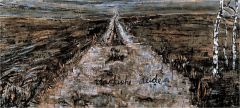
|
"Heath of the Brandenburg March" - Kiefer - 1974 - addresses German myth and misremembering - German Neo-Expressionsm |
|
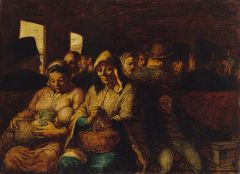
|
"Third Class Carriage" - Daumier - 1860s
|
|
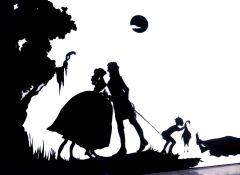
|
- Silhouettes - Kara Walker |
|
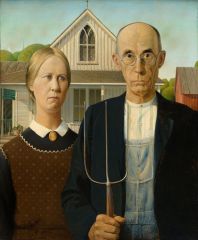
|
"American Gothic" - Grant Wood - 1930
|
|

|
"American Gothic" - Gordon Parks - 1940s |
|
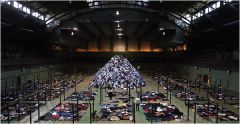
|
"No Man's Land" - Christian Bolanski - 2010 - consumer culture
|
|
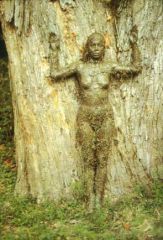
|
"Tree of Life Series" - Ana Medieta - performance art - archetype: woman as earth goddess |
|
|
Baudelaire |
- art as redemptive -ephemeral - Romanticism |
|
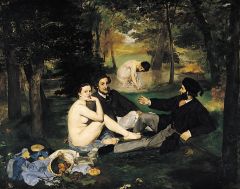
|
"Luncheon on the Grass" - Manee - Goes against the "Sacred and Profane" painting - role of women changing - frog: body and change - bird: spirit |
|
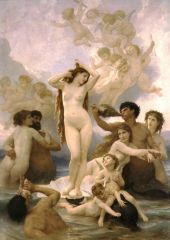
|
"Birth of Venus" - Adolf Bougerau |
|
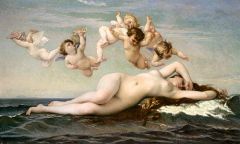
|
"Birth of Venus" - Alexandre Cabanel |
|
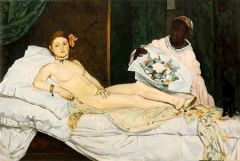
|
"Olympia" - Manee - made people angry because of similarity to Venus of Urbino by Titian because she is a prostitute |
|
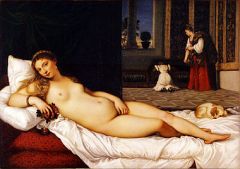
|
"Venus of Urbino" - Titian - about marriage - 1530s |
|

|
"Sacred and Profane Love" - Titian - 1500-1520s
|
|
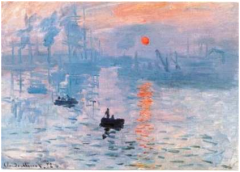
|
"Impression Sunrise" - Monet - late 1800 - where Impressionism gets its name - post-Industrialism
|
|
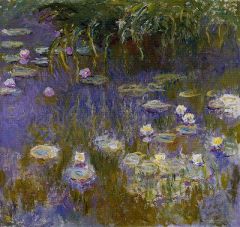
|
"Water Lilies Series" - Monet
|
|
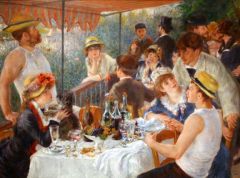
|
"The Boating Party" - Renoir - late 1800s - daily life |
|
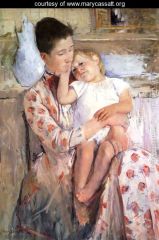
|
"Mother and Child" - Mary Cassatt - one of two women in Impressionism |
|

|
"Dancers Backstage" - Degas - Impressionism Era |
|
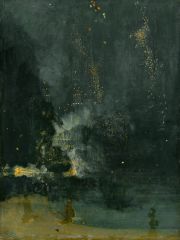
|
"Nocturne" - James Whistler - late 1800s |
|
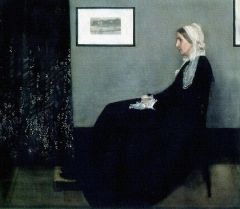
|
"Arrangement in Gray and Black #1" - Whistler - late 1800s - formal |
|
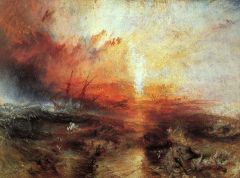
|
"The Burning of the Slave Ship" - Turner - 1840 |
|

|
"The Great Wave" - Hoqusai |
|
|
Early Photography? |
Samuel Morse, Daguerre, Talbot |
|
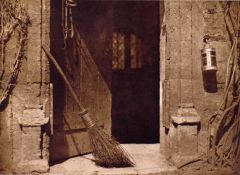
|
"The Open Door" - Talbot |
|
|
"Humanity's potential for a bridge to a more perfect future." |
- Nietzche |
|
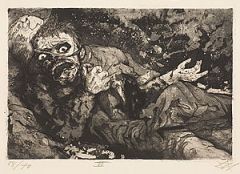
|
"Wounded Soldier" - Otto Dix - part of Der Krieg - the War Cycle - 1924 (post WWI) |
|

|
Mark Rothko |
|
|
The Death of God |
- turning away from religion for sciene by modern men - new purprose without god to tell us what to do - free will - Existentialism |
|
|
Existentialism |
- emphasizes the individual and free with - deciding your own fate |
|
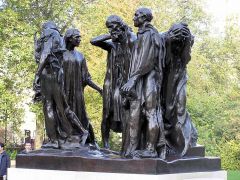
|
"The Burghers of Calais" - Rodin - late 1880s - ordinary men as heroes - ended philosophical sculpture |
|
|
Enlightenment and Humanism |
both explore the potential of the individual beyond religion |
|
|
Blue Rider Movement |
- spiritual movement through art - used animals: closer to nature and therefore purer - beauty disappearing in industrailization |
|
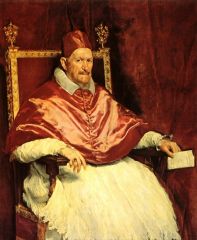
|
Portrait of Pope Innocent X - Velazquez - 1650s
|
|
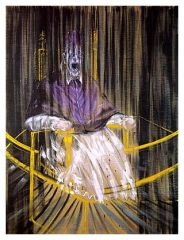
|
Screaming Popes - Francis Bacon - 1950s - inspired by Velazquez |
|
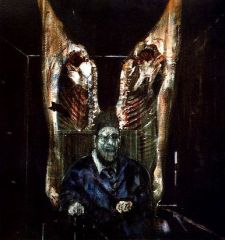
|
"Figure with Meat" - Francis Bacon - 1950s - without meaning we are little more than objects - Existentialism |
|
|
paradigm shift |
shift in the way we think of something |
|
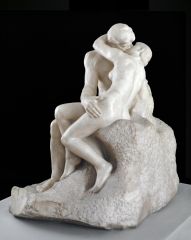
|
"The Kiss" - Rodin |
|
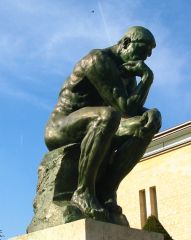
|
"The Thinker" - Rodin - on the gates of hell |
|
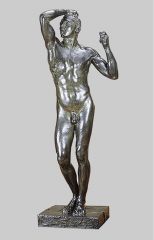
|
"Age of Bronze" - Rodin - ref. to Ancient Greece - the ideal |
|
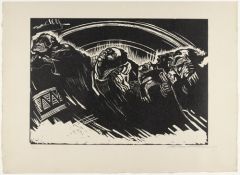
|
"The Volunteers" - Kathe Kollwitz |
|
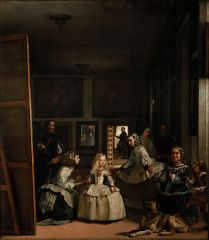
|
"The Ladies in Waiting" - Las Meninas
|
|
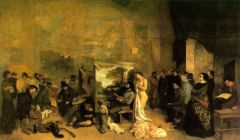
|
"The Painter's Studio" - Courbet - 1850s |
|

|
"The Persistence of Memory - Dali - 1930s existentialism, end of Age of Reason - starts search for purity
|
|
|
Sigmund Freud |
- psychology - starts the looking into unconciousness |
|
|
Responses to Age of Reason |
1 - creating impossible things from unconscious 2 - Dada |
|
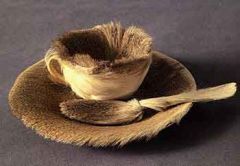
|
"Fur Lined Teacup" - Meret Oppenheim - inserting chance into art - also tapping into unconcious |
|
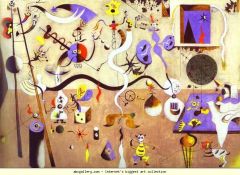
|
"Harlequin's Carnival" - Joan Miro
|
|
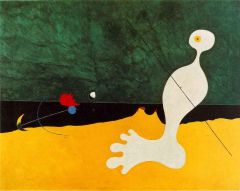
|
"Man Throwing Stone at a Bird" - Joan Miro |
|
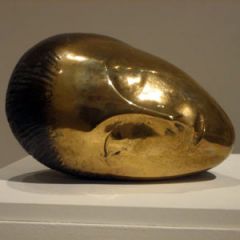
|
- Constantine Brancusi - egg: primal shape, birth and life
|
|
|
primitive art |
captured essence of a subject |
|
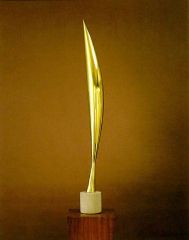
|
"Bird in Flight" - Constantin Brancusi - wanted to go beyond surface for the essence: opposite of Greeks |
|
|
attentuated |
stretched out |
|
|
eviscerated |
cut up/destroyed innards |
|
|
totalitarinism |
complete control of someone or something |
|
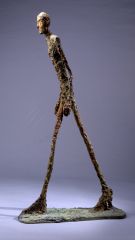
|
- "Walking Men" - Giacometti - existentialsim - existence questioned - no imitation of nature - stressed out skinny dudes |
|
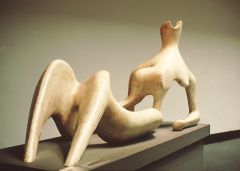
|
Herny Moore - striving for new language to address human condition in a positive way looked to Paleolithic and Neolithic art - opposite of Giacometti |
|
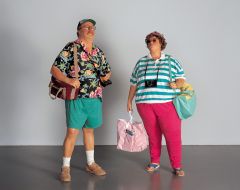
|
Duane Hanson - cast from life - human condition |
|
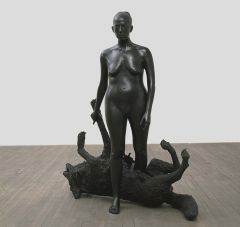
|
Kiki Smith |
|
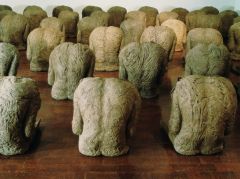
|
Magdelena Abakanowicz - backs - late 1900s |

